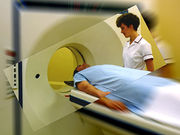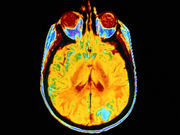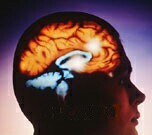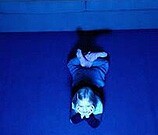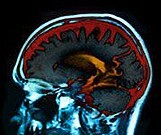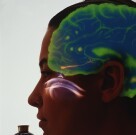Tag: Head Injuries
CDC: Fatal Abusive Head Trauma Among Children Down in the U.S.
Deaths of children under age 5 dropped an average 13 percent annually between 2009 and 2014
CT CAP Rarely Reveals Acute Injury in Low-Velocity Trauma
Findings in low-velocity trauma patients without evidence of bodily harm
Axonal Injury in Brain Trauma Tied to β-Amyloid Burden
Imaging shows pattern of β-amyloid plaques that overlaps but differs from that of Alzheimer's disease
Hypothermia Doesn’t Cut Intracranial Pressure in TBI
Therapeutic hypothermia plus standard care doesn't improve outcome over standard care alone
Young Children at Risk of Head Injuries From Falling Televisions
Three-fourths of injuries occurred when children weren't closely supervised, study finds
Unique White Matter Injuries for Anxiety, Depression Post TBI
Findings in mild traumatic brain injury patients; no such pattern for irritability
Smell Test Helps Identify Brain Injury in Soldiers
Findings suggest new avenue for identifying hidden injuries
Eye Tracking Could Quantify Symptoms of Brain Injury
Could serve as measure of severity of concussion-related ocular motility disruption



